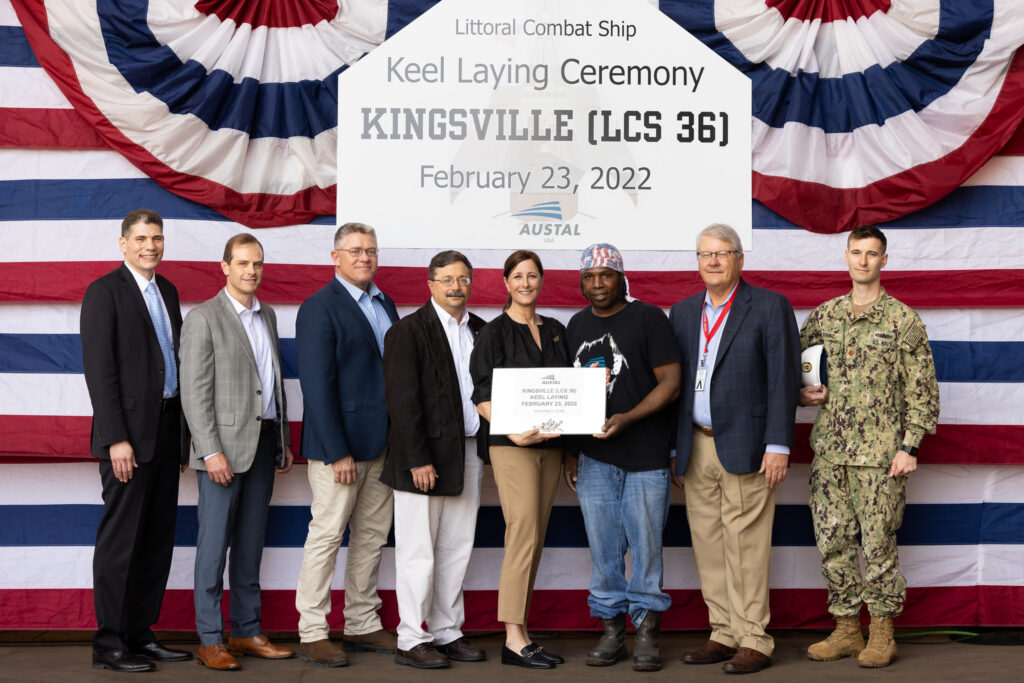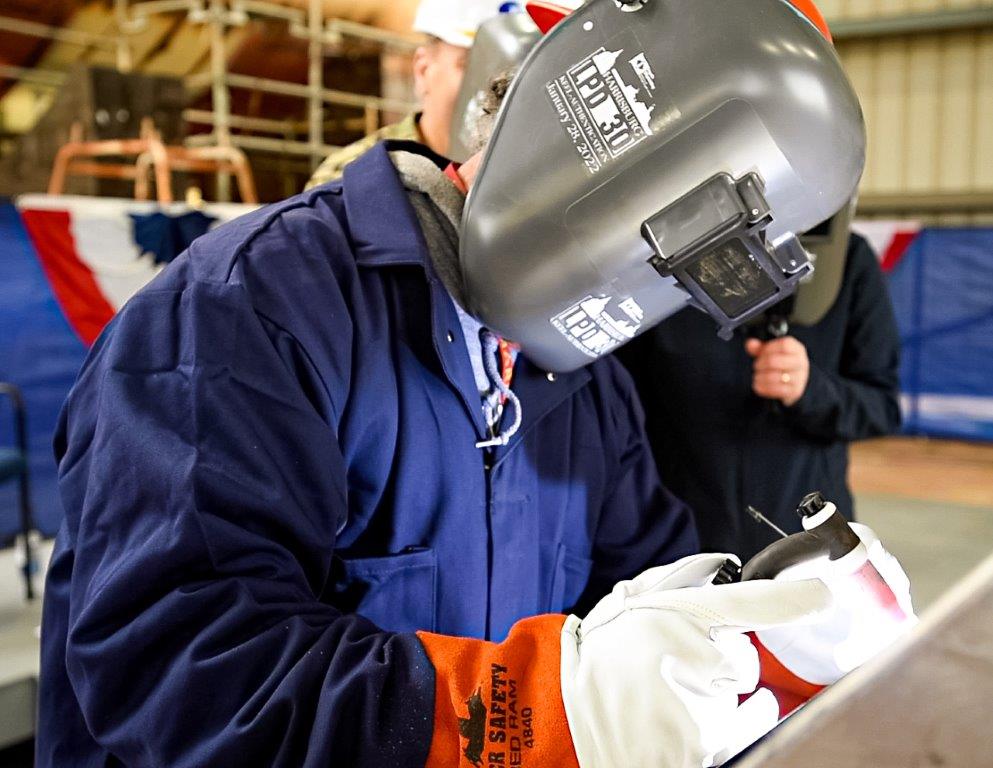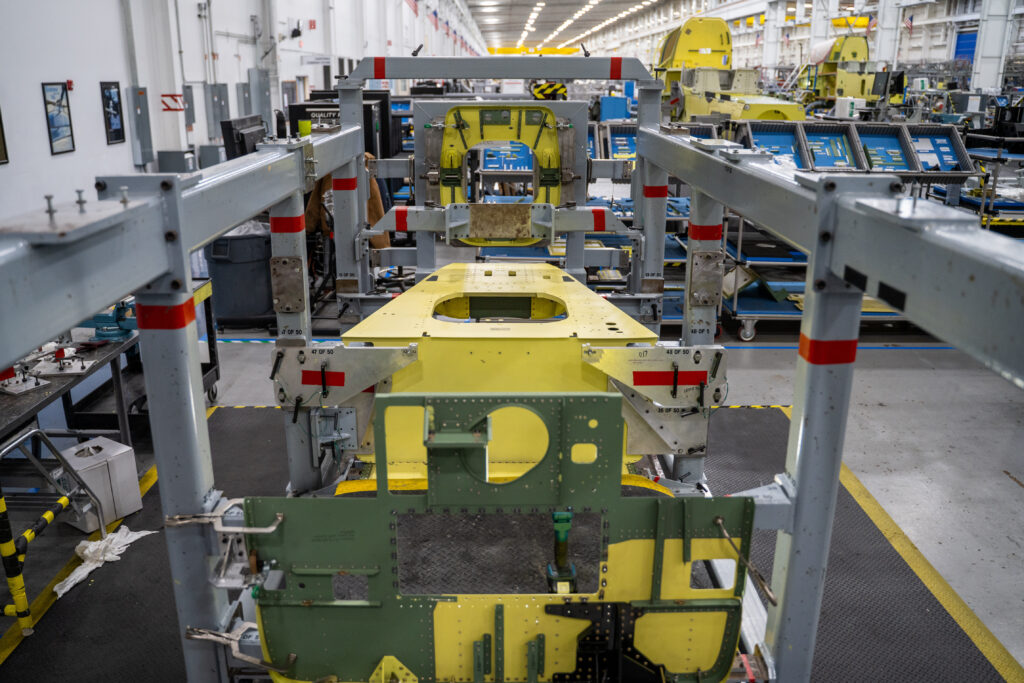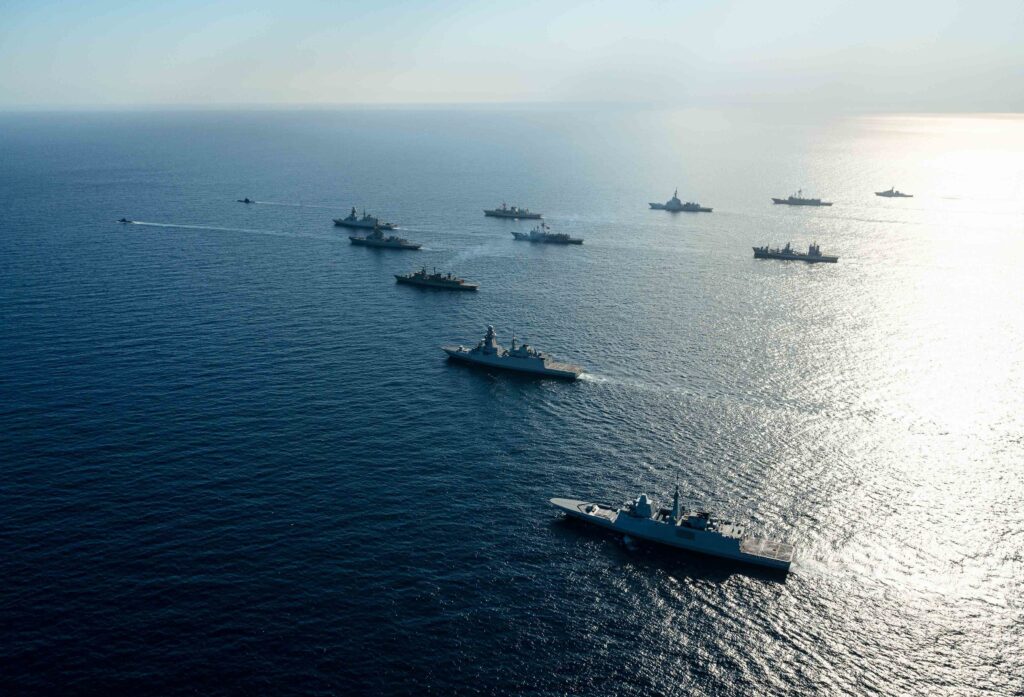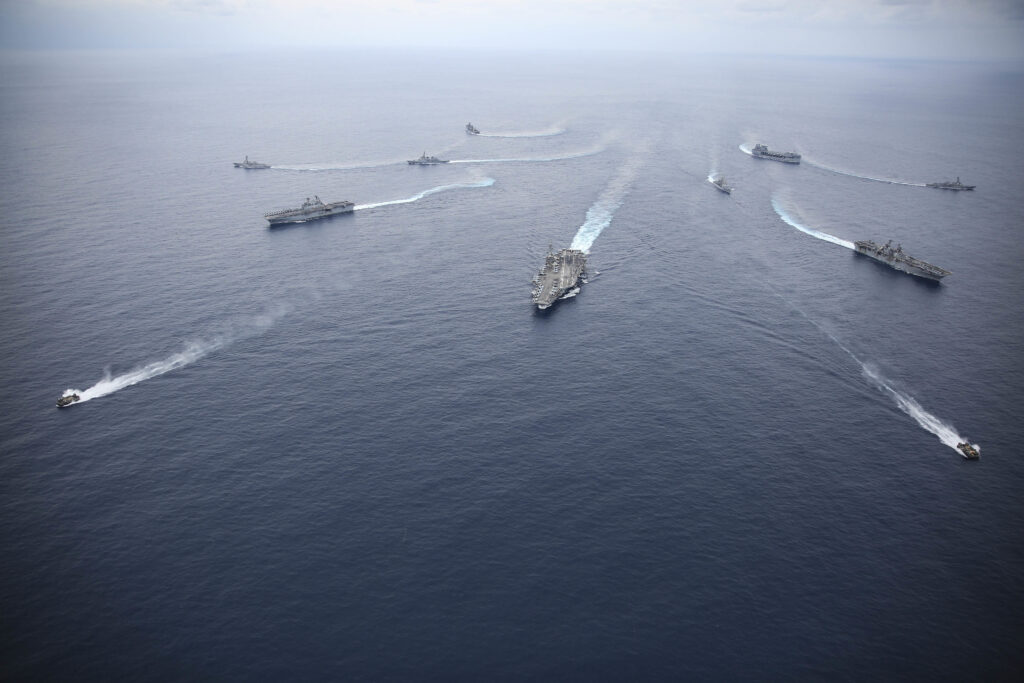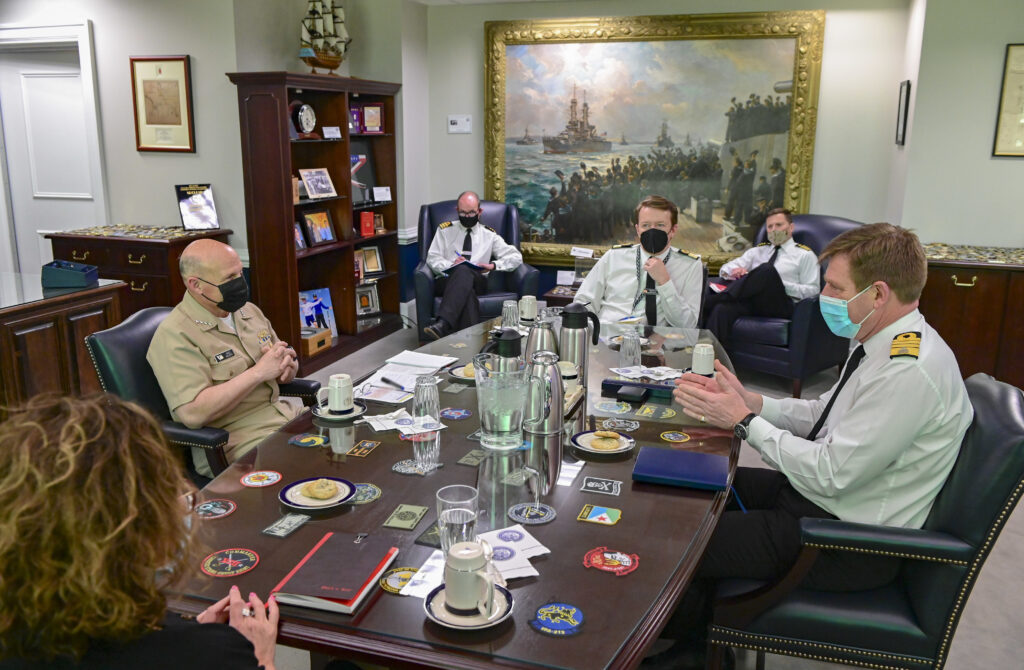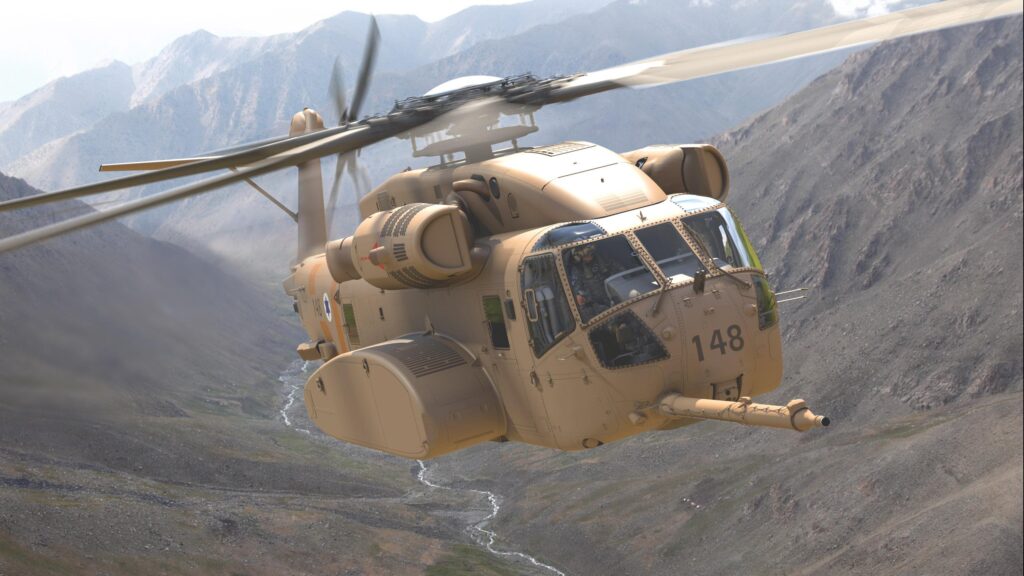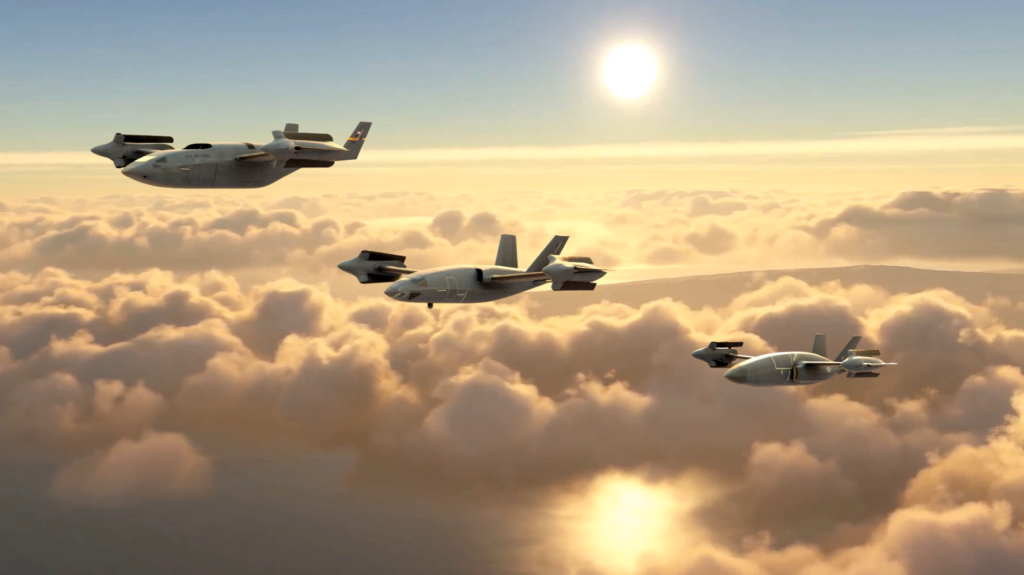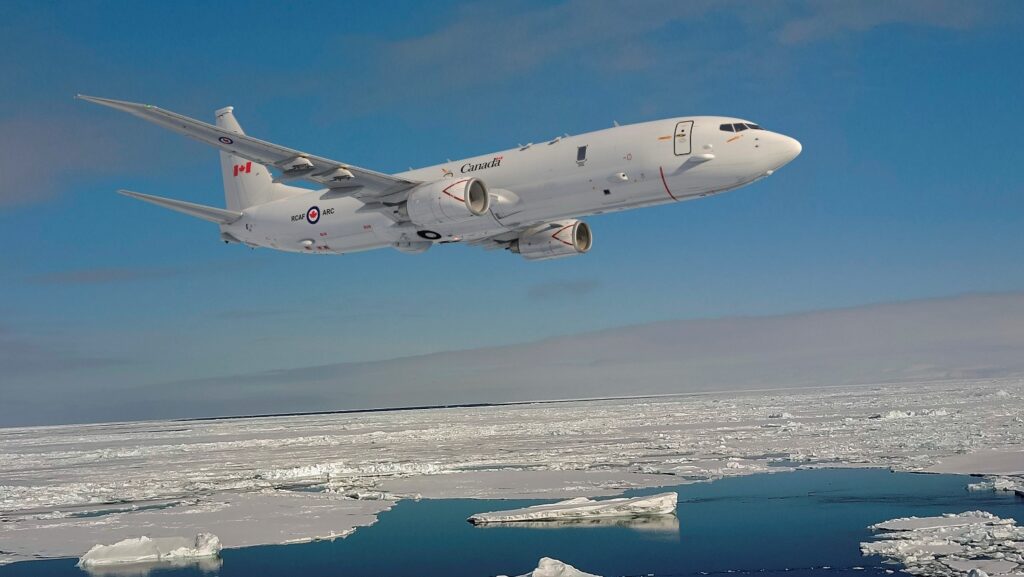Israel Adapts Iron Dome Missile Defense to Navy Corvettes
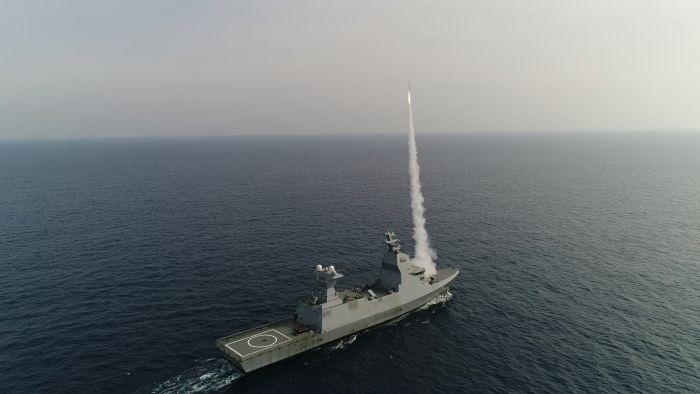
HAIFA, Israel — The Israel Missile Defense Organization, Israeli Defense Forces and Rafael Advanced Defense Systems have completed a successful series of live-fire tests of the C-Dome, an advanced naval configuration of the Iron Dome defense system, Rafael said Feb. 25.
The C-Dome was operated for the first time aboard the Israeli Naval Ship Magen, a Sa’ar 6 corvette, against multiple advanced threats. Crew members of the INS Magen led the C-Dome tests.
“I commend the DDR&D [Directorate for Defense R&D, parent of the missile defense organization], IDF and Rafael for the completion of an unprecedented test,” said Defense Minister Benny Gantz. “The systems that we are developing as part of Israel’s multi-tier missile defense array enable us to operate against Iranian proxies in the region and defend against their weapon systems, which are constantly being upgraded. We continue to be two steps ahead of them and we will continue developing and upgrading our capabilities in order to maintain security superiority in the region and to defend the citizens and assets of the state of Israel.”
The test campaign consisted of a number of scenarios simulating advanced threats, including rockets, cruise missiles and unmanned aircraft. The C-Dome is capable of successfully intercepting such threats.
This successful live-fire test is an important milestone and demonstrates the operational capability of the Israeli navy to defend the strategic assets and vital interests of Israel against current and evolving threats.
The C-Dome onboard missile defense system is based on the Iron Dome defense system developed by Rafael, with the command-and-control system developed by mPrest. C-Dome interfaces with the Sa’ar 6’s Adir radar, developed by Israel Aerospace Industries’ Elta division. It joins other advanced systems that make up Israel’s multi-tier missile defense array, including the Arrow and David’s Sling systems. Development of C-Dome was led by the Israel Missile Defense Organization.
“The success of this test constitutes a significant technological breakthrough in the field of missile defense and is the result of the directorate’s vision and cooperation with the IDF and Israeli defense industries,” said Brig. Gen. (Res.) Danny Gold, head of the Directorate for Defense R&D in the ministry of defense.
“Today we mark another historic milestone for the Iron Dome defense system — the completion of a series of successful offshore tests of the missile defense system onboard a naval vessel,” said Moshe Patel, director of the Israel Missile Defense Organization. “The advanced detection system accurately identified various threats including rocket fire, cruise missiles and UAVs. The system successfully intercepted the threats with surgical precision. The success of today’s tests further strengthens our confidence in our missile defense systems as well as the ability of the Israeli navy to defend the maritime assets of the state of Israel.”
